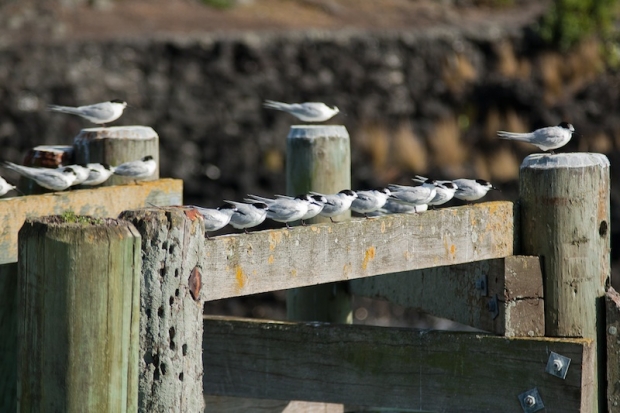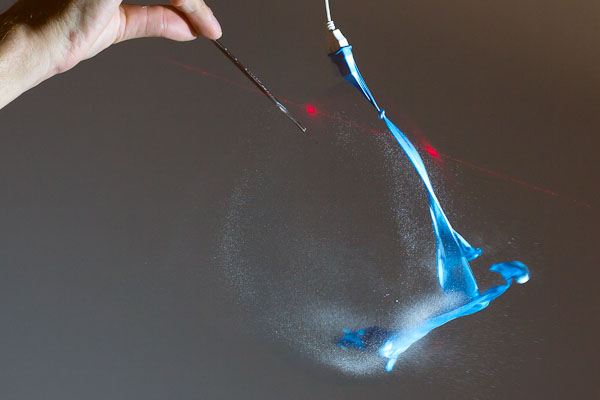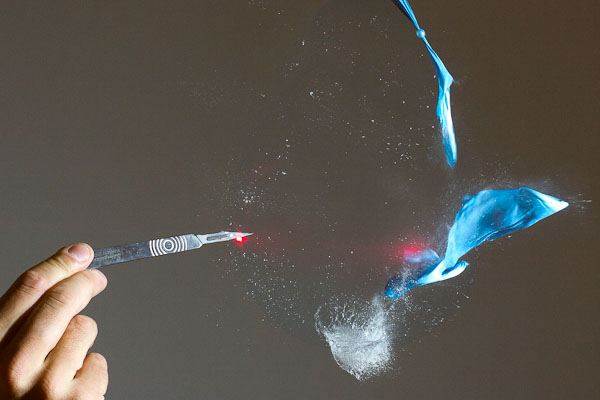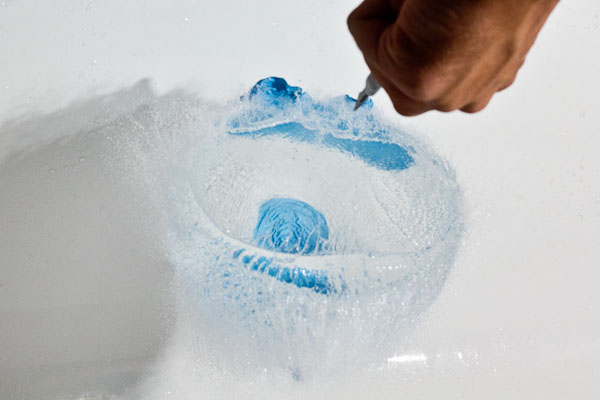Are you a photographer? And a traveller? Well, then I have a treat for you! I was doing some research for my upcoming book 'Focus on Travel Photography' (It's not available yet, but it's the follow-up to Focus on Photographing People), about awesome places to go for your travel photography fix.
These are some of the awesomest-est places. Bring your camera, return with photos. Simple!
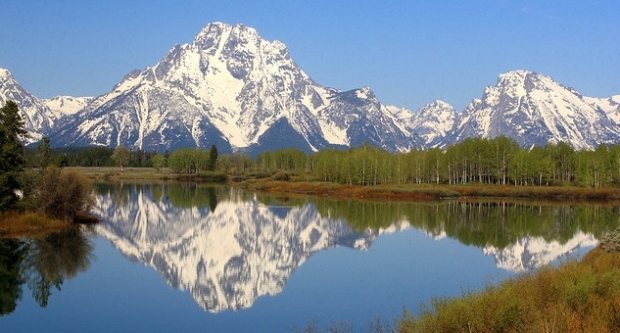 1. Oxbow Bend, Grand Teton National Park, Wyoming - Right near the winding Snake River, Oxbow Bend produces a great array of colours throughout the day. Photographers will love the colour palette that they get when they take photos here.
1. Oxbow Bend, Grand Teton National Park, Wyoming - Right near the winding Snake River, Oxbow Bend produces a great array of colours throughout the day. Photographers will love the colour palette that they get when they take photos here.
2. Denali National Park, Alaska - On the beautiful Mt. McKinley, Denali National Park is home to many animals that can be easily found and photographed. You can view these animals from the many hiking and nature trails throughout the mountain. Photographers can take photos of moose, wolves, and even the occasional grizzly bear.
 3. Glacier National Park - Glaciers swooped through Montana centuries ago and produced the breathtaking landscape seen at Glacier National Park. Many lakes also speckle the land, and make for gorgeous photos of sunrises and sunsets.
3. Glacier National Park - Glaciers swooped through Montana centuries ago and produced the breathtaking landscape seen at Glacier National Park. Many lakes also speckle the land, and make for gorgeous photos of sunrises and sunsets.
4. Central Tower of Paine - Rugged landscapes paint the horizon at Central Tower of Paine. This area has numerous different hiking trails in which you can view lakes, glaciers, granite towers and mountains.
5. Baja Peninsula - Located in Mexico, Baja Peninsula has a desert landscape that draws people in. It is also located near the sea, which allows rare photos of the juxtaposition between the sea and the desert. http://www.virtualmex.com/baja.htm
 6. Angkor Wat - Home to rare animals, interesting people and amazing views, Angkor Wat in Cambodia is truly a photographer's dream city. If you want to be able to photograph culture and beautiful landscapes, then Angkor Wat is the perfect place for you.
6. Angkor Wat - Home to rare animals, interesting people and amazing views, Angkor Wat in Cambodia is truly a photographer's dream city. If you want to be able to photograph culture and beautiful landscapes, then Angkor Wat is the perfect place for you.
7. The Cave Temples - India's Cave Temples are breathtaking. They are comprised of 34 caves that were carved into the Charanandri hills, and are home to amazing, ancient architecture.
8. New Guinea - The small country of New Guinea is full of rich culture and tradition. Here, it is still possible to find people who live directly off of their land; these people haven't heard of internet or telephones and are completely cut off from media.
9. Sicily, Italy - The historical town of Sicily, Italy is home to many religious festivals that occur throughout the year. It is a beautiful place to photograph culture and ancient architecture.
10. Maasai Mara National Reserve - Found in Kenya, the Maasai Mara National Reserve is home to a large variety of animals and nature. Wildlife photographers will find this place enchanting.
11. The Arctic - If you are feeling adventurous and love the cold, then the Arctic is a wonderful place to photograph. It is home to many exotic animals including polar bears and walruses. These animals are both being run out of their habitats due to global warming, and might be extinct in the future, so photographers might be getting once in a lifetime photos if they travel to the Arctic.
 12. Midway Atoll - Hawaii produces striking landscape photographs, but The Midway Atoll is home to some of the most beautiful nature backdrops in the state. Mountains and volcanoes line the horizon along with massive trees and fields of pristine land. The Midway Atoll is also home to very exotic wildlife, most of which shows very little fear of humans, so it is a great place to photograph these rare animals.
12. Midway Atoll - Hawaii produces striking landscape photographs, but The Midway Atoll is home to some of the most beautiful nature backdrops in the state. Mountains and volcanoes line the horizon along with massive trees and fields of pristine land. The Midway Atoll is also home to very exotic wildlife, most of which shows very little fear of humans, so it is a great place to photograph these rare animals.
13. Canadian Rockies - The Rocky Mountain range goes through parts of the United States and Canada. The Canadian chain of the Rockies, especially, are a sight to see, because the landscape is full of towering mountains and lush valleys, with many glacial lakes.
14. Lake Mead Recreation Area - Just east of Las Vegas, Nevada, Lake Mead Recreation Area is a park that is scattered with desert mountains, volcanic formations and badlands. It is a wonderful place for landscape photographers to visit.
15. Lake Tahoe - California's Lake Tahoe is full of azure water and astonishing waterfalls. Its beaches are amazing as well.
 16. Bandhavgarh National Park - If you would like to photograph tigers, then Bandhavgarh National Park in India is the place for you to go. It is one of the last places in the world where tigers still roam in the wild and can be seen in their complete natural state.
16. Bandhavgarh National Park - If you would like to photograph tigers, then Bandhavgarh National Park in India is the place for you to go. It is one of the last places in the world where tigers still roam in the wild and can be seen in their complete natural state.
17. Namibia - Africa is home to some of the world's most exotic animals. Namibia, Africa is no different. It is a pristine place that has a gorgeous colour palette that makes landscape photographers fall in love. Wildlife photographers will swoon over the animals that roam the land.
18. Four Corners - The Four Corners in the American Southwest have a gorgeous horizon that is full of mountains and deep valleys. During sunsets, the lakes reflect the hundreds of different hues that can be seen over the mountain tops.
19. Lakes District - Austria's Lake District is a superb landscape destination. You can camp at many places in the Lake District. It has a gorgeous array of light that in one day can range from foggy, soft light to romantic, bursting sunsets.
20. Chartres, France - Located in the south of France, Chartres is deep in the countryside. It is a beautiful place that is full of vibrant people and rolling hills.
21. Cote D'Azur - France's Cote D'Azur is an amazing place to try underwater photography. The seas are full of schools of fish and lush greenery.
22. New Zealand - Home to rolling hills and colourful oceans, New Zealand is a gem to photograph. Shooting in New Zealand is very relaxed, and there are numerous places to go. You can choose to shoot the scenery of the country, or head underwater and shoot the exotic animals that live near the coast.
 23. Red Sea - If you are looking for a unique place to shoot photos, then look no farther than the Red Sea. A prime destination especially for underwater photographers, it is home to coral reefs and a vibrant marine life.
23. Red Sea - If you are looking for a unique place to shoot photos, then look no farther than the Red Sea. A prime destination especially for underwater photographers, it is home to coral reefs and a vibrant marine life.
24. Chicago - Chicago, Illinois is a grandiose city in northern Illinois. Not only can photographers get amazing street shots here, but Chicago is also home to both ancient and modern architecture that will always draw photographers in.
25. Paris, France - Drawing thousands of tourists each year, Paris, France is a bustling city that is bursting with life. It has ancient architecture that will make wonderful photos, plus it also has a large, vibrant culture that makes great street photographs.
Photographers travel all over the world to capture breathtaking photos, these twenty-five places have some of the best landscapes and wildlife this world has to offer. If you are looking to take your next photographic adventure, then research some of the places on this list, because one of these places might just give you the perfect photographic opportunity.
Photo credits (all creative commons on Flickr): Angkor Wat by Chi King; Oxbow Bend by Frank Kovalchek; Torres del Paine by Camila Ochoa; Midway Atoll by US Fish & Wildlife Service; Bandhavgarh by KoshyK; and Fish, by Nattu.









 When it comes to cameras, E.V.I.L. is good! E.V.I.L. stands for Electronic-Viewfinder, Interchangeable-Lens–and it’s the most innovative, hottest, and stylish type of camera to hit the photography market in the past five years.
When it comes to cameras, E.V.I.L. is good! E.V.I.L. stands for Electronic-Viewfinder, Interchangeable-Lens–and it’s the most innovative, hottest, and stylish type of camera to hit the photography market in the past five years.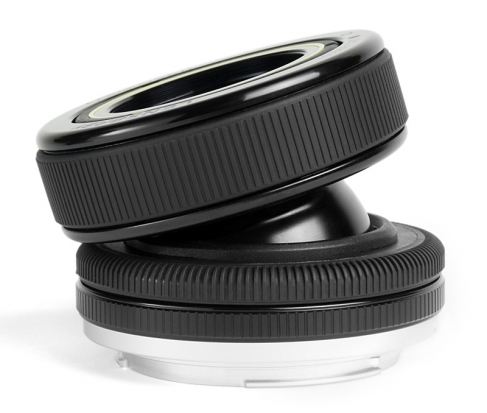
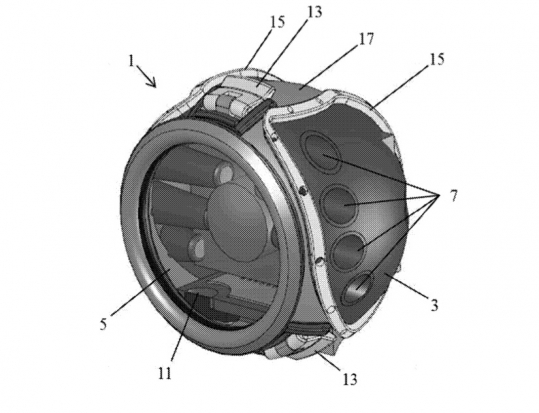
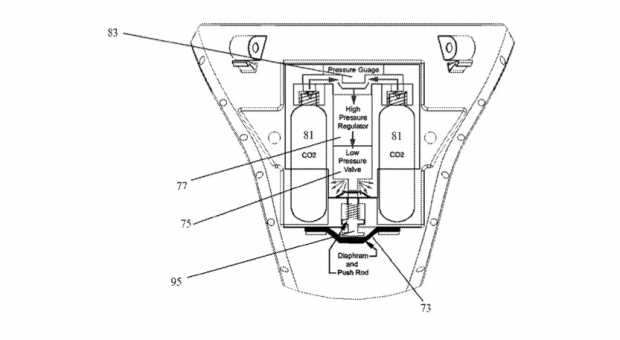




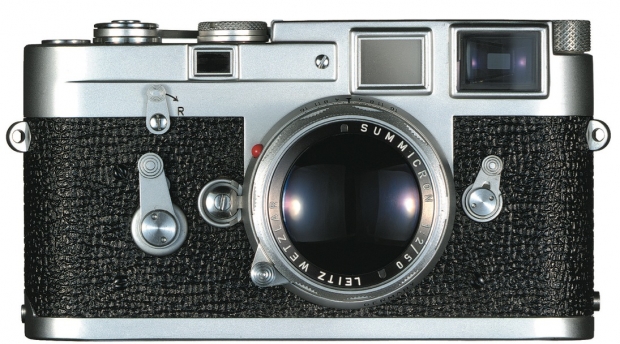
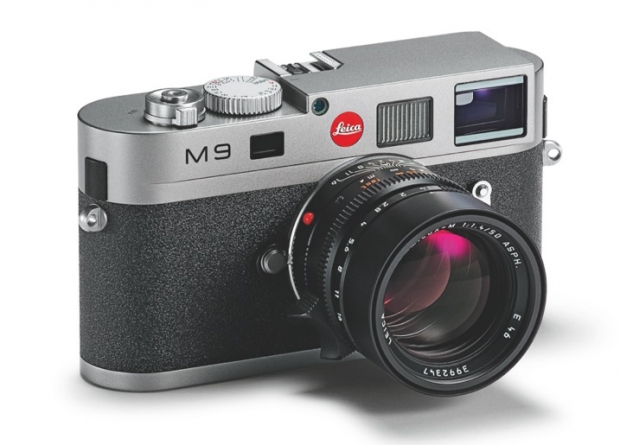
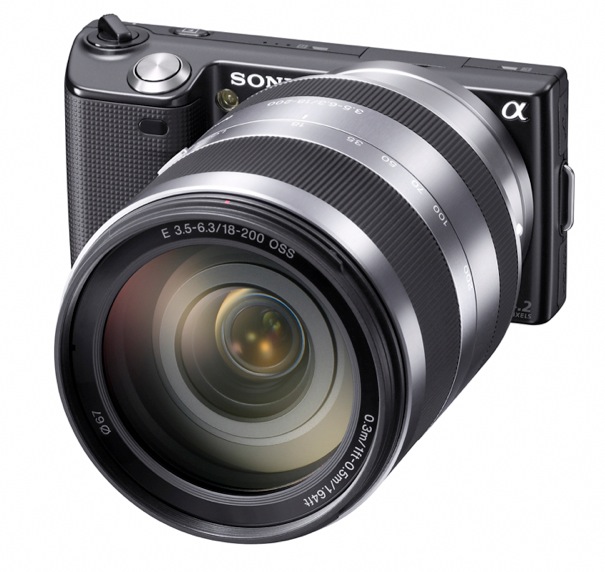 The introduction of the EVIL cameras is the culmination of a lot of technology coming to fruition, finally: Up until 2008 or so, there had been several attempts at launching cameras with electronic viewfinders (Among others, I remember the miserable experience of using a Canon Pro90 bridge camera in 2002 or so), but the technology, on the whole, was pretty much useless.
The introduction of the EVIL cameras is the culmination of a lot of technology coming to fruition, finally: Up until 2008 or so, there had been several attempts at launching cameras with electronic viewfinders (Among others, I remember the miserable experience of using a Canon Pro90 bridge camera in 2002 or so), but the technology, on the whole, was pretty much useless.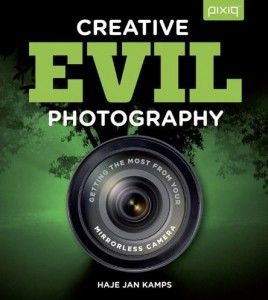
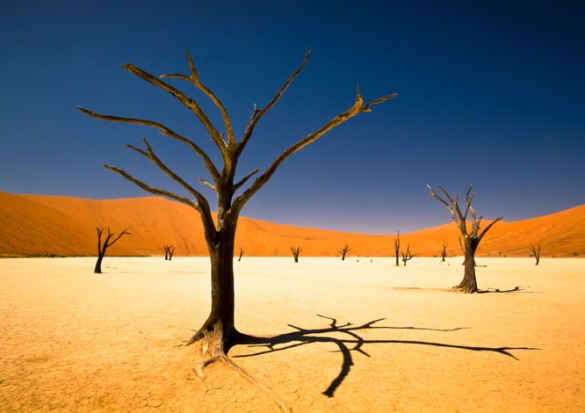
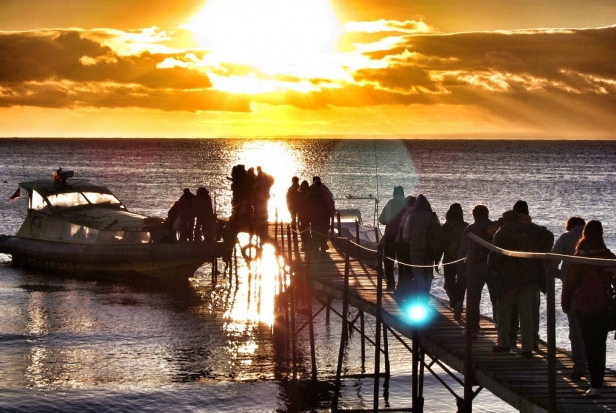
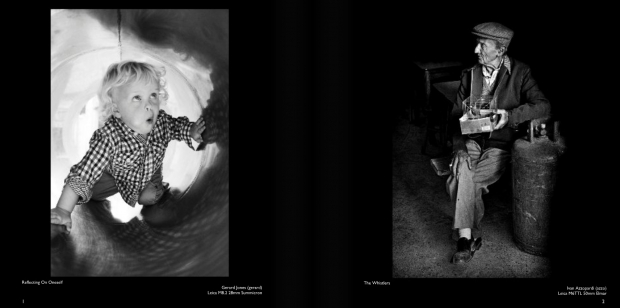
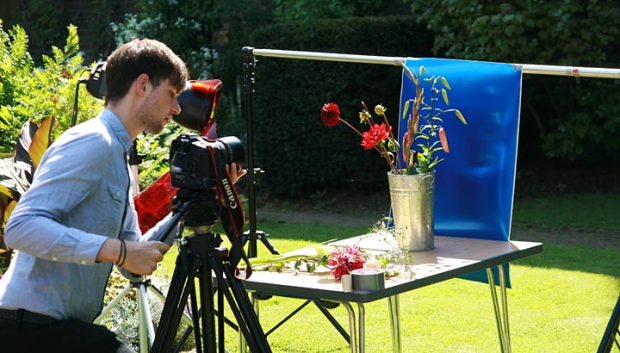
 1. Oxbow Bend, Grand Teton National Park, Wyoming - Right near the winding Snake River, Oxbow Bend produces a great array of colours throughout the day. Photographers will love
1. Oxbow Bend, Grand Teton National Park, Wyoming - Right near the winding Snake River, Oxbow Bend produces a great array of colours throughout the day. Photographers will love  3. Glacier National Park -
3. Glacier National Park -  6. Angkor Wat - Home to rare animals, interesting people and amazing views,
6. Angkor Wat - Home to rare animals, interesting people and amazing views,  12. Midway Atoll - Hawaii produces striking landscape photographs, but
12. Midway Atoll - Hawaii produces striking landscape photographs, but  16. Bandhavgarh National Park - If you would like to photograph tigers, then Bandhavgarh National Park in India is the place for you to go. It is one of the last places in the
16. Bandhavgarh National Park - If you would like to photograph tigers, then Bandhavgarh National Park in India is the place for you to go. It is one of the last places in the  23. Red Sea - If you are looking for a unique place to shoot photos, then look no farther than the Red Sea. A prime destination especially for underwater photographers, it is home to
23. Red Sea - If you are looking for a unique place to shoot photos, then look no farther than the Red Sea. A prime destination especially for underwater photographers, it is home to 